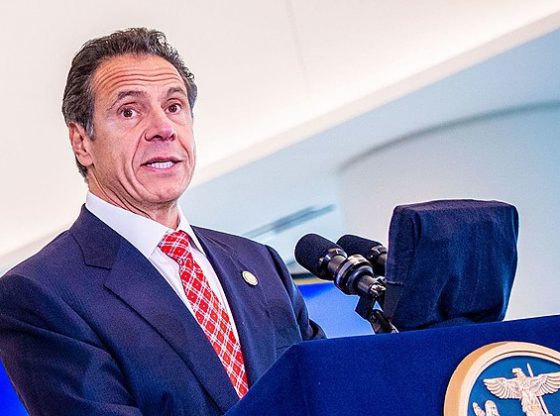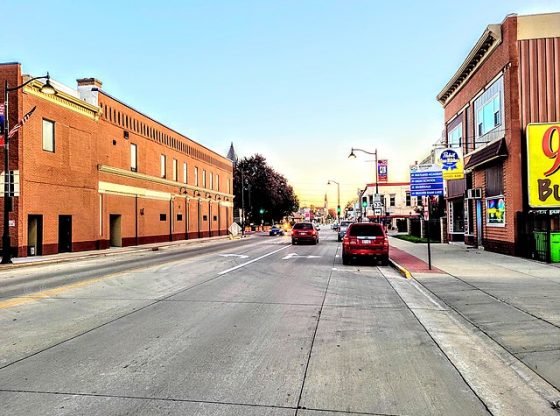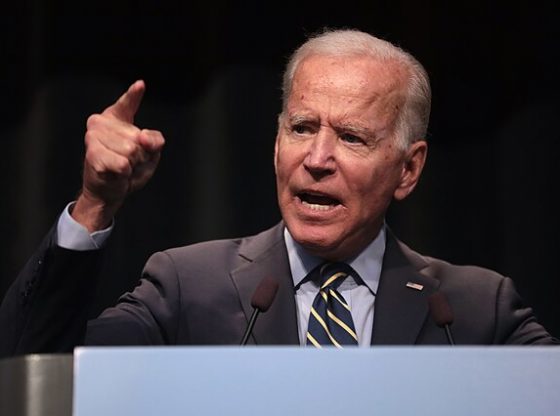Three crucial battleground states have experienced a drop in Democratic voter registration since late 2020 and ahead of a November rematch with former President Donald Trump and President Joe Biden, election data shows.
Nevada, North Carolina and Pennsylvania — which saw some of the closest presidential elections last cycle — all currently have less registered Democratic voters overall than in late 2020, according to the most recent state records. While Democrats still lead Republicans in party registration, the margins in these states are much smaller than before.
Pennsylvania has lost 336,269 registered Democrats since November 3, 2020, according to state election data. Democrats currently have a less than 400,000 voter registration advantage over the GOP, compared to the party’s previous 685,818 lead.
In North Carolina, 212,084 Democratic voters left the party between late December 2020 and early April 2024, state election data shows. There is now a gap of only 170,943 voters between the state Democrats and the GOP, while the party used to have a 373,622 margin.
Since December 2020, Democrats in Nevada have seen a drop in 27,757 registered voters, according to state election data. The party now holds a 55,116-voter lead over Republicans in the swing state, compared to its 2020 advantage of 96,875 Democrats.
Less than 200,000 voters combined decided the presidential races in these three battleground states last cycle. Biden won by 2.4 and 1.2 points in Nevada and Pennsylvania, respectively, while Trump secured North Carolina by 1.3 points.
“The changes in party registration are reflective of what we’re seeing in the polling numbers in swing states: President Biden has lost some ground to former President Trump, but the races are still tight,” Jon McHenry, GOP polling analyst and vice president at North Star Opinion Research, told the Daily Caller News Foundation.
Trump is currently leading Biden by 3.2 points in Nevada and 4.6 points in North Carolina, according to the RealClearPolitics (RCP) averages. The only battleground state that Biden is ahead in is Pennsylvania, where he holds a slim 0.1-point margin.
McHenry noted that “while voters have left the Democratic party, they still haven’t moved all the way to the Republican Party.”
The GOP added roughly 14,000 voters in Nevada since late 2020, while North Carolina and Pennsylvania saw declines in Republican registration, according to the state data.
All three states saw increases in their independent voter tallies, the data shows. Nevada added 295,129 nonpartisan voters; North Carolina added 288,671 unaffiliated voters; and Pennsylvania added 5,300 “no affiliation” and “other” voters.
“While registered Democrats are going down, registered Republicans aren’t gaining in most of these states,” Ron Faucheux, president of nonpartisan polling firm Clarus Research Group, told the DCNF. “That means independent voters become more important.”
Scott Jennings, a Republican strategist and veteran of numerous campaigns, told the DCNF that he’d “caution people not to over read” the data showing Democratic voter registration declining in these key states.
“But certainly Biden has a real problem on his hands among many segments and you can clearly see that in these results,” Jennings added. “The trick, of course, is that once people are registered, then you have to turn them out.”
A Pew Research Center analysis released on Tuesday found that the country is nearly evenly divided among both parties, with 49% identifying with or leaning toward the Democrats and 48% saying the same of the GOP. The Democratic Party appears to have lost its advantage it had between 2017 and 2021, according to the report.
Neither the Biden nor Trump campaign immediately responded to the DCNF’s requests for comment.
















